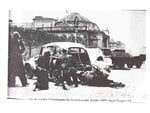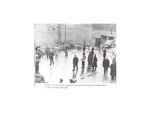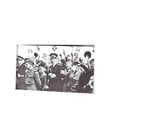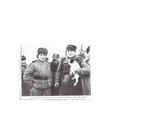Airframes
Benevolens Magister
Love to see some of them.
There were a number of books, and a weekly newspaper, printed 'underground' by the Resistance and others. The founder of one of Denmark's largest companies, in the graphics/printing industry equipment field, stared by mixing chemicals in his bath at home, in secret, so that copying and printing could be undertaken. All of the publications were, of course, circulated secretly.
The Resistance wasn't just passive though, as a number of key installations, such as docks, power stations, rail lines etc were sabotaged, and I have some footage of at least one target actually being blown up!
The organisation also helped many to escape to Sweden, normally by sea, and often from the quay at the Carlsberg Brewery, and this included allied airmen, in a very risky undertaking.
There were a number of books, and a weekly newspaper, printed 'underground' by the Resistance and others. The founder of one of Denmark's largest companies, in the graphics/printing industry equipment field, stared by mixing chemicals in his bath at home, in secret, so that copying and printing could be undertaken. All of the publications were, of course, circulated secretly.
The Resistance wasn't just passive though, as a number of key installations, such as docks, power stations, rail lines etc were sabotaged, and I have some footage of at least one target actually being blown up!
The organisation also helped many to escape to Sweden, normally by sea, and often from the quay at the Carlsberg Brewery, and this included allied airmen, in a very risky undertaking.






